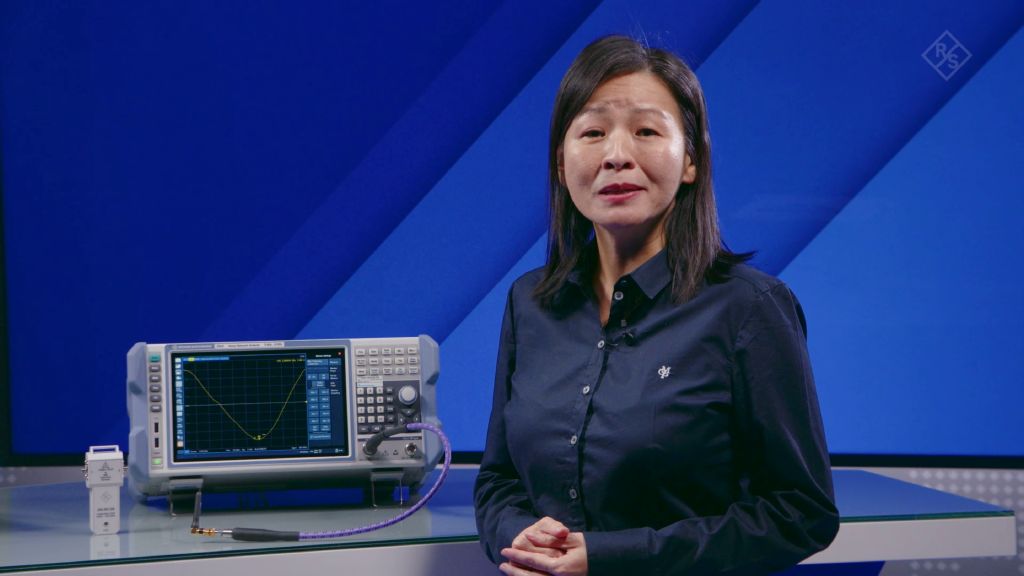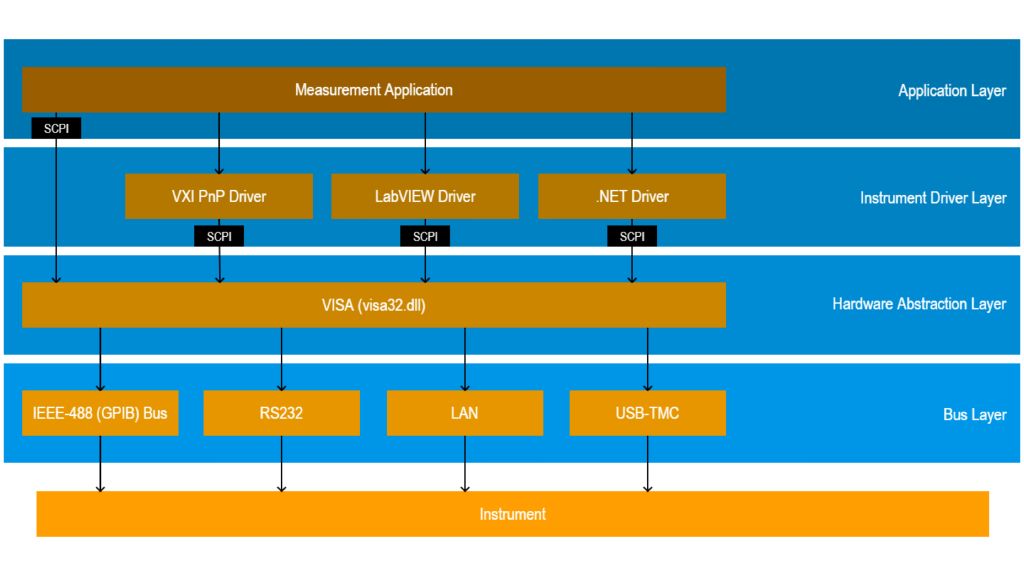The Rohde & Schwarz vector network analyzer portfolio. Precise, fast, versatile.
Vector network analysis (VNA) is one of the most essential RF and microwave measurement approaches.
Rohde & Schwarz offers a wide range of versatile, high-performance network analyzers up to 1.1 THz and standard multiport solutions up to 48 ports. A Rohde & Schwarz vector network analyzer is the perfect tool for analyzing passive and active components such as filters, amplifiers, mixers and multiport modules.
The network analyzers feature excellent RF characteristics and a wide variety of analysis functions that help the user evaluate important parameters at a glance.





























